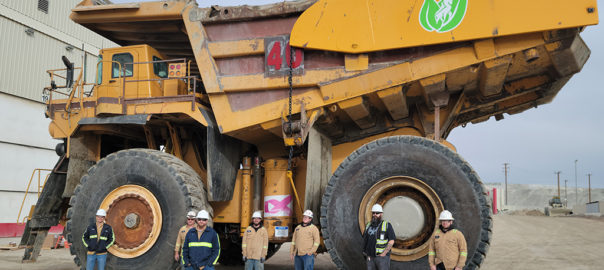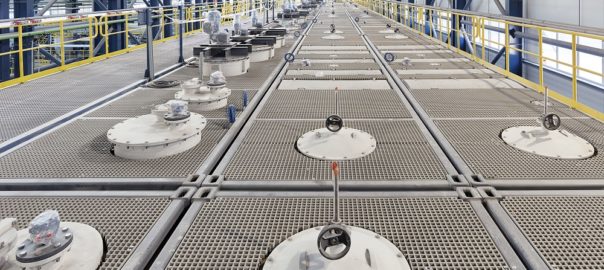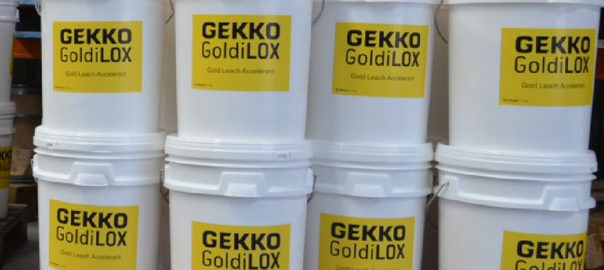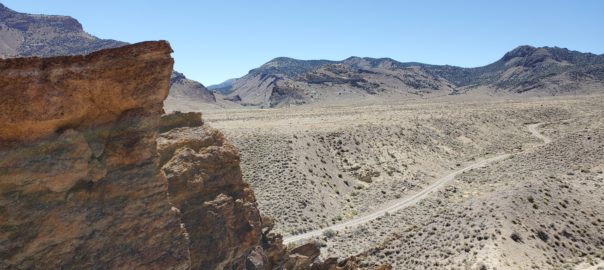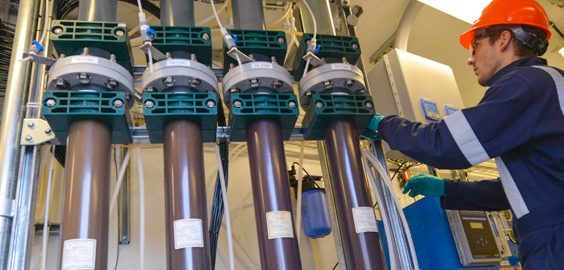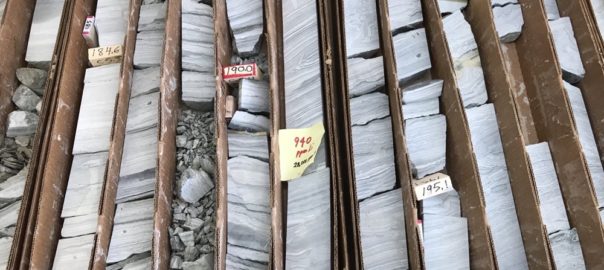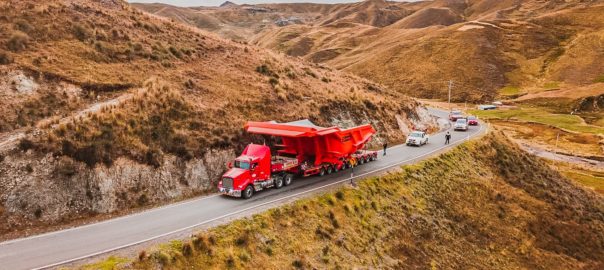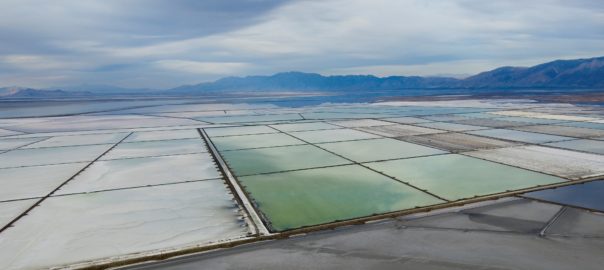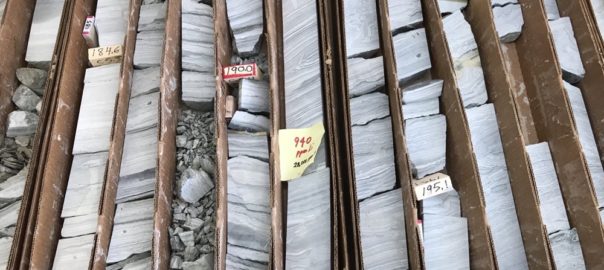U.S. Borax has become the first site across Rio Tinto to trial “renewable diesel” fuel in one of its haul trucks, the company confirmed.
The Boron mine in California is currently conducting a 5,000-hour trial to ensure the truck’s performance meets its standards and that the renewable diesel does not impact the truck’s fuel system components life, it said. The renewable diesel is running on an mtu engine, it confirmed.
Renewable diesel, the company said, is a like-for-like replacement for the standard diesel that currently runs its trucks.
“The major difference with is that renewable diesel is manufactured using organic biomass, such as vegetable oil and a variety of waste including tallow and residues,” it said. “These materials are hydro-treated in the same manner as normal diesel, but the feed stock used means renewable diesel fuel produces significantly less emissions – between 70-80% less.”
Whereas biodiesel can only, typically, be used as a blend of up to 20% volume of normal diesel, renewable diesel can be used as a complete replacement or mixed with normal diesel, the company explained.
U.S. Borax, part of Rio Tinto, supplies around 30% of the world’s need for refined borates from its open-pit mine in Boron, California, about 160 km northeast of Los Angeles.







